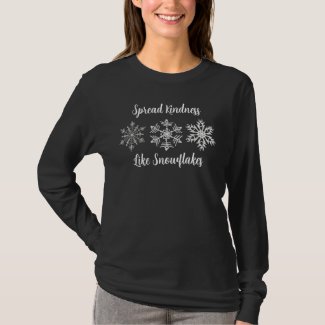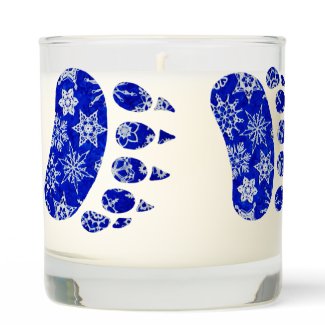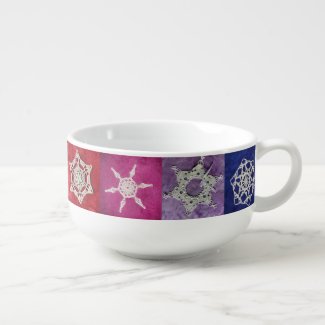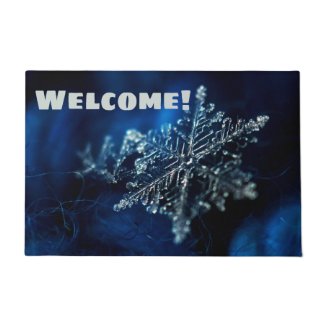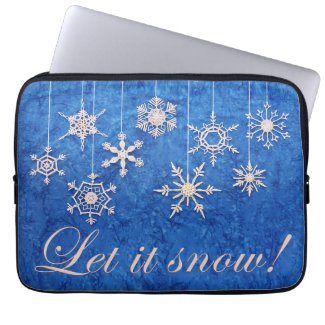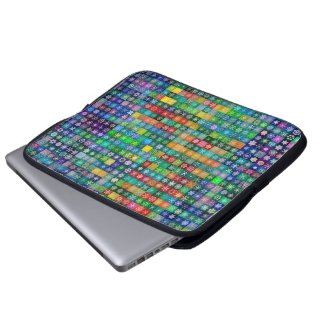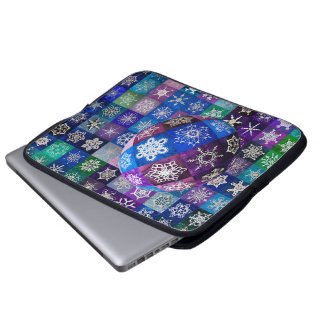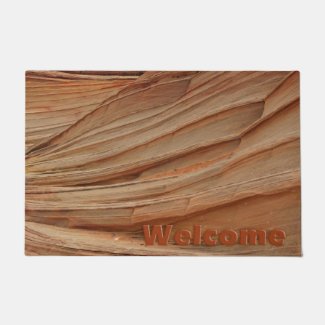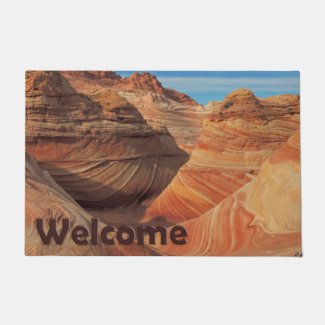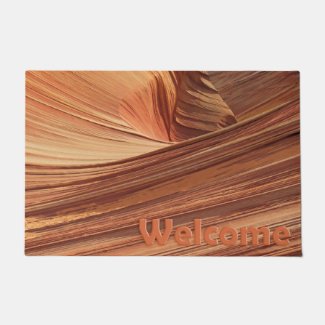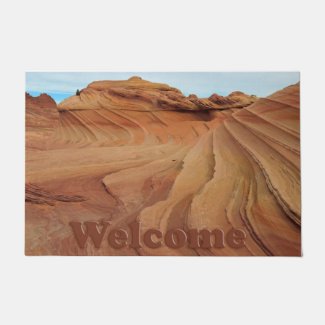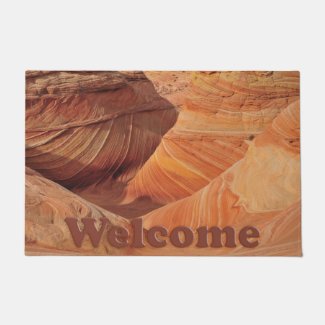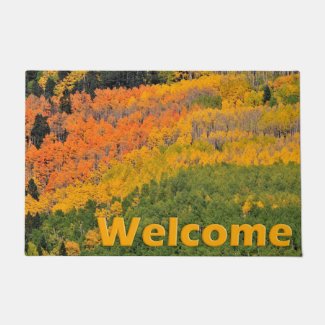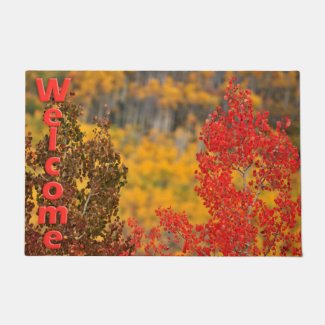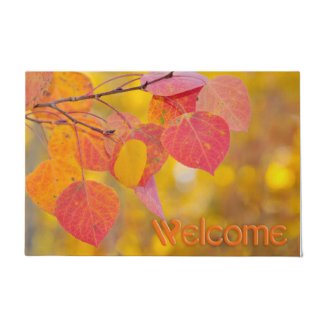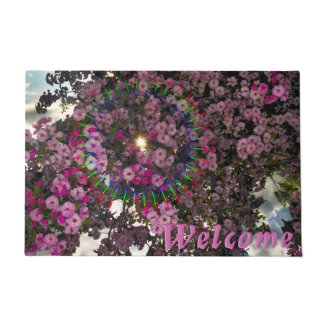
We had a few stormy, cold days in January, but I spent most of them down with a relentless head cold. Toward the end of the second of three germ repeats, I braved the chill and took pictures of tiny, icy snowflakes as they landed on a skein of yarn.

Once I finally cleared my head, perhaps in more ways than one, we experienced some of the warmest Denver metro days ever recorded in February. Of course. Because I wanted snowflake photos! And snowy wildlife photos.

We even managed to escape civilization for about 36 hours when my husband unexpectedly got two consecutive days off, the second one coinciding with my regular day off. We headed for the hills for cross-country skiing, seasonal romance and the promise of more falling snow.
Snowflake photos!!!

You'll never hear me complain about a bluebird day of cross-country skiing.
Although there were no fresh snowflakes and the impending storm didn't arrive until an hour after we left, I did get some fun photos of ice in the trailhead parking lot.

So I had no trouble ditching my planned quilting the evening we got four inches of big, fat flakes out of the storm forecasters said would leave maybe an inch to make time for macro snowflake photos. Typically, we get a fraction of forecast, so this particular storm was a pretty big thrill for me.

I started out trying to encourage the snowflakes to pose on a garden rock around which I'd crocheted a snowflake covering, but it had been stored inside our comfortable and warm abode, and said snowflakes wasted no time shedding tears immediately upon landing.
Many snowflakes were happily landing and sticking around, literally, on the overturned construction bucket I was using as a photo prop. The black bucket surface was reflective, so I had to watch for strobe glare yet wound up with many new wondrous additions to my macro snowflake gallery, as well as inspiration for future fiber snowflake creations.

Before I was ready to end my photo session, it was time to retire for the night. My beloved husband had the early shift the next morning. Typically, I accompany him to his place of employment, then crochet in the nearby coffee (and hot tea/chocolate) shop for an hour to an hour and a half before walking nearly two miles to the park and ride, Charity Miles enabled, before starting my own workday.
Snow was still falling. I couldn't haul my studio equipment around, but I could take a nice walk along the snow-covered bike path, Charity Miles enabled, before boarding the commuter train. So I ditched the coffee shop and crochet to take a hike!

Only two photos were captured along the way; the sun didn't come up until my turnaround point. Well, it didn't really make an appearance even then... snow continued to fall. I may not have taken many photos along the way, but I could certainly play with them on the train once I was done!



I didn't see much out-of-the ordinary wildlife, but I saw tracks, and sometimes proof of life outside of civilization is all I need to lift my spirits and conquer another work day.
Two skinny tire cyclists had braved the bike path before I added my footprints to the accumulated snow. Runners were unphased by the cold or the alternately crunchy/fluffy walkway. Geese huddled along the edge of the island in the middle of the waterway and flapped their wings and honked as I disturbed them with my crunchy footsteps.
Paw prints decorated the otherwise untouched blanket covering the landscape. Most were bunnies, some scurrying back and forth multiple times before I came on the scene. Some were coyote or fox; one particular set caught my attention because there were two different sizes of prints side by side in the snow. A mating couple? Or has the unusually warm February brought out early young??? My imagination danced.
As the still snowy sky brightened slightly, I could hear the hooting of an owl. Birdsong began to fill the air. Magpies chattered incesstantly. Mallards and common goldeneyes launched, not as comfortable with my presence as the geese. Cormorants hastily yet silently made their way to the other side of the pond without leaving the water. Geese put up a loud protest but remained content to hold their ground. Or their water, I guess I should say.
Just the day before, one of my bosses and I had talked about a rookery near his home, where he and his wife enjoy getting outdoors and watching winged wonders. He had seen many herons, both in the water and in the trees, as well as other species of birds and raptors. The difference between a rookery and a heronry is the variety of species (or lack thereof).
I didn't get to see any herons on this particular walk, but I noticed for the first time five close neighbor large nests in the tops of the trees on the opposite side of the South Platte River. I chuckled as I remembered my rookery research seven or eight years ago after seeing a heronry for the first time. The Lizard and I had been camping in the Cimarron area and spied about 15 nests similarly close together high atop tall trees.

It seems the male herons rob sticks and twigs from their neighbors' nests as they attempt to woo the females. (Herons do not mate for life.) It appears the males build their homes close together so they can easily borrow each other's construction materials, sometimes back and forth many times before eggs are actually laid. We had witnessed such behavior and couldn't believe this odd nest bartering was really happening!

Now I have a closer venue in which to enjoy the heron mating season. I do plan many photographic outings along the river, as it is one of my favorite segments of my 60-mile round trip cycling work commute, when I am able to ride. My husband and I recently came up with an improvised plan for me to begin training for Ride the Rockies (assuming we are drawn this Friday) even though a segment of my route is still plagued by nailed and screwed construction. I won't have to skip the greenway! I may even get a few extra miles in the process.
The newly discovered rookery/heronry is very exciting for me because I've already captured some magnificent shots in this very area. It's not as easy to see the nests when the trees are in full leaf!







These photos hold some great memories of warmer times, but they also inspire hope that my next South Platte outing might be a little more photographically rewarding. I'm not complaining at all. It was a very joyful way to spend an early morning when I can't be with the one I love. And hey, I logged some Charity Miles to boot!







































